|
|
|
|
[Index]
[Back] |
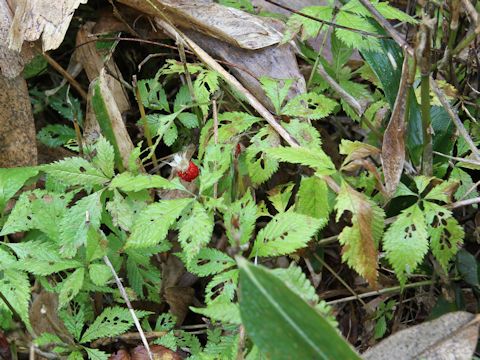 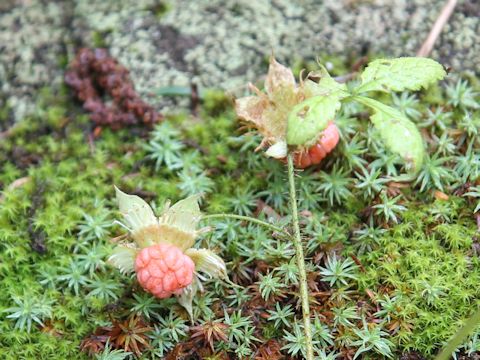 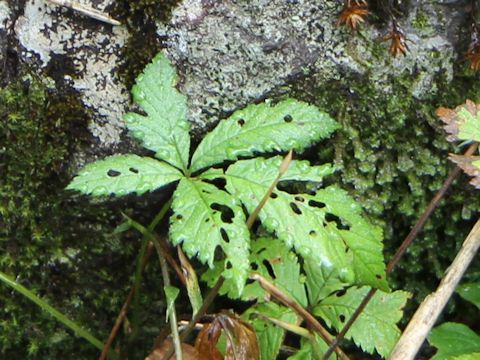 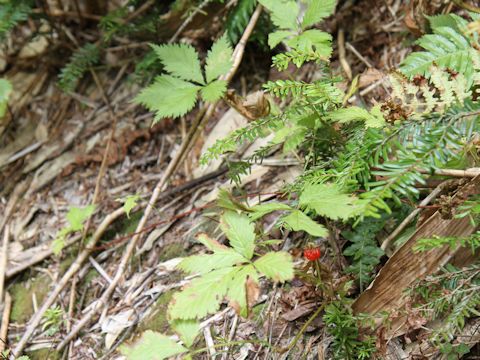 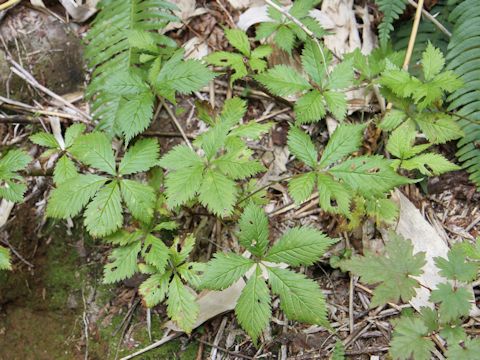 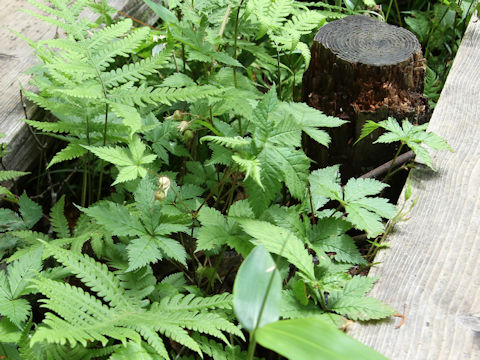 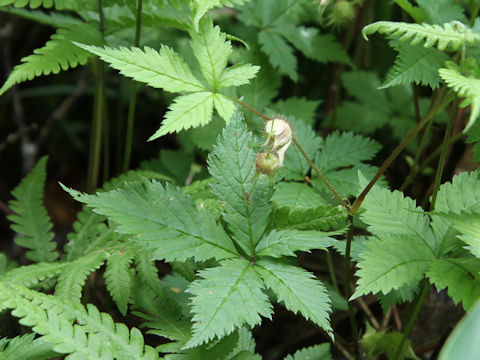 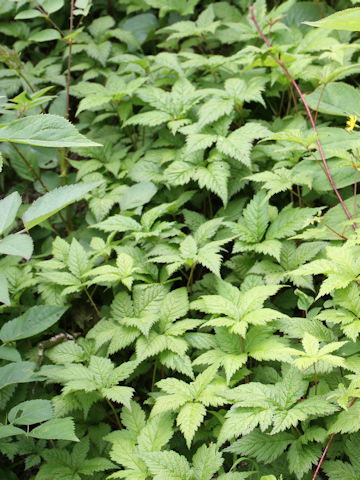 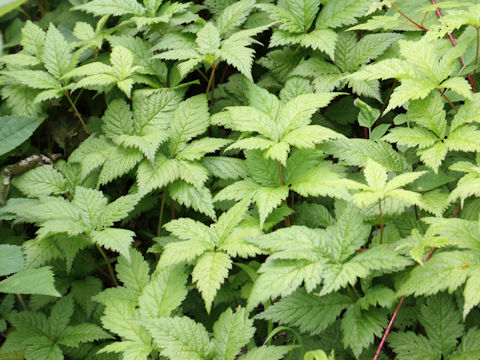 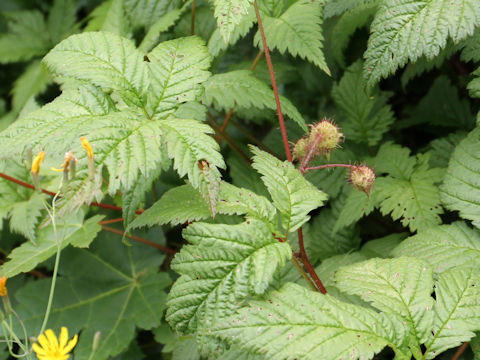 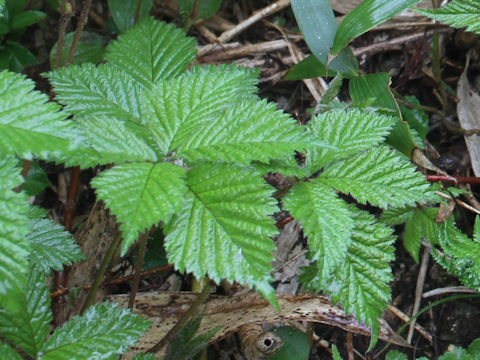 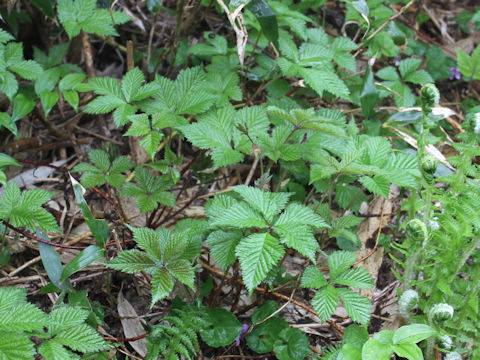 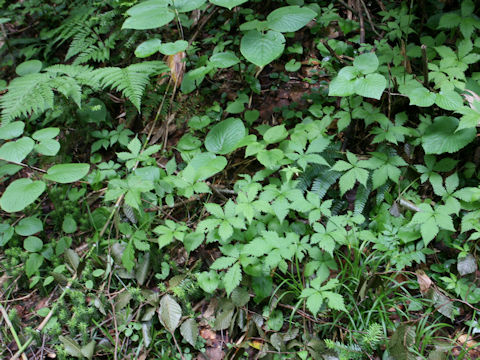 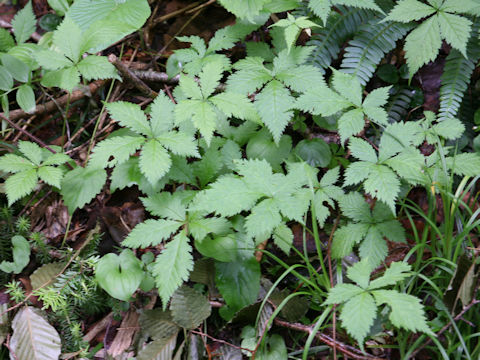 |
|
|
|
íªÌ{BAnûÈk©çknûɪzµÄ¢Ü·BRÑÌÑÈÇɶ¦A³ÍPO`QOZ`ÉÈèÜ·BââÂéóÉnÊð¢ASÌÉjóÌ×¢ª èÜ·BtÍTo¡tÅA¬tÌÍdÉÈÁĢܷBT©çV²ëAÔ¿ÌæÉFÌÔð穹ܷBÔÙÍÜÁ½È¢©A²¬³¢àÌÅ·BÊÀÍÔ¢WÊÅ·B |
|
|
oÈLC`S®t¬áØÅAw¼Í Rubus ikenoensisBp¼Í èܹñB |
|
|
The "Goyo-ichigo" (Rubus ikenoensis) belongs to Rosaceae (the Rose family). It is a deciduous shrub that is native northward from Chubu district to Tohoku district of Honshu in Japan. This shrub grows in sub-alpine forest edges and it can reach 10-20 cm in height. The viny stems are creeping on the ground and the plant is covered with needle-like fine spines. The leaves are pentafoliolate with doubly serrate margins. The white flowers bloom on peduncles from May to July. The petals are very little or tiny. The fruits are red aggregates. |
|
|
[ãEP`Q] §w}òºuö£ÀvÉÄA2013N0825úBeB [RES] §w}òºuàxvÉÄA2014N0920úBeB [TEU] Qn§ÐiºËquìãìvÉÄA2015N0705úBeB [V`X] â觴άu¢qRvÉÄA2019N0711úBeB [POEPP] {é§ ¤¬uì ¤vÉÄA2020N0620úBeB [PQEº] â觪¦½su¹¾xvÉÄA2021N0724úBeB |
|
|
|
Shu Suehiro |